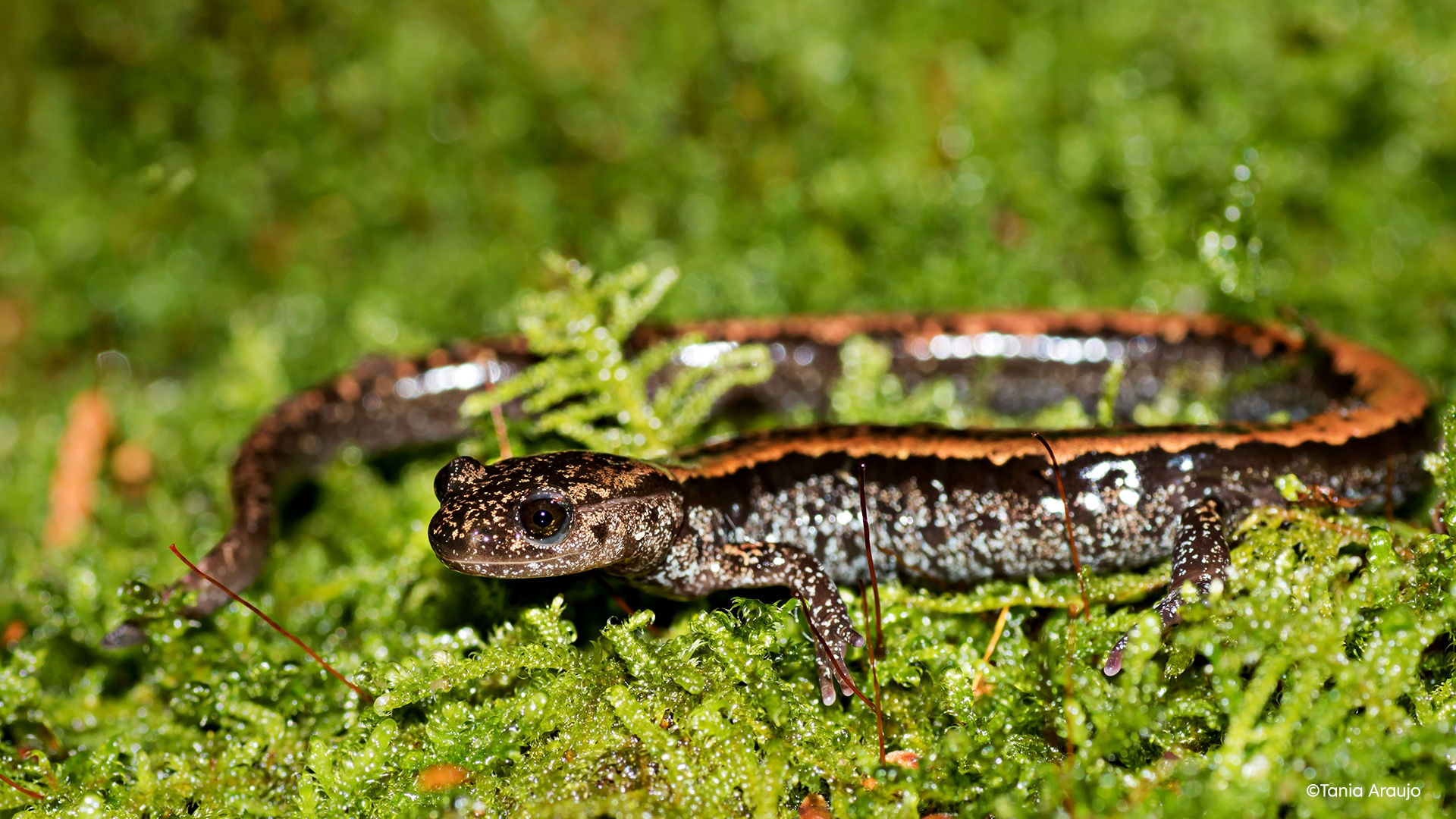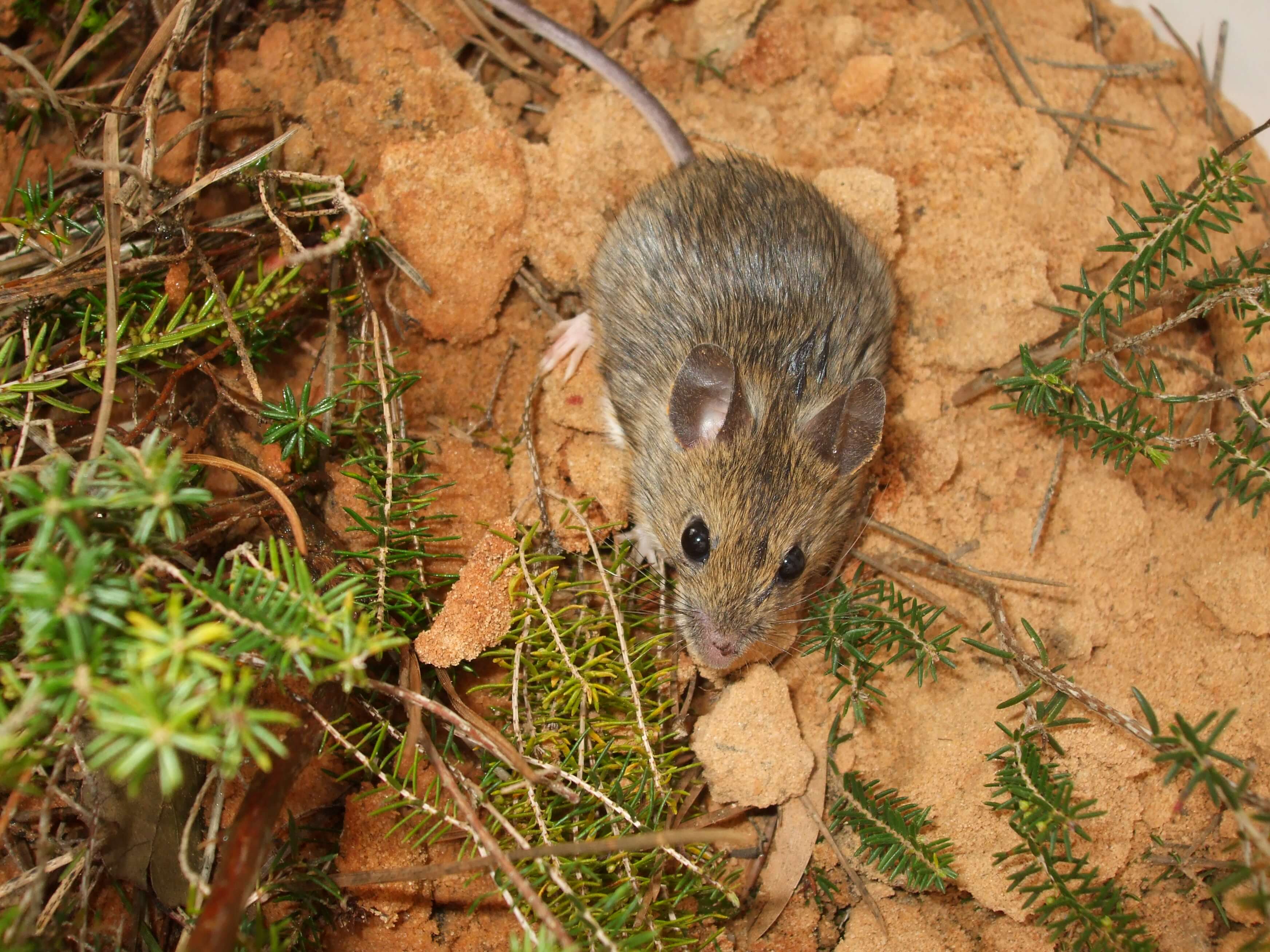Responsible forest management is an essential practice for both preservation of biodiversity and ecosystem services. Healthy ecosystems can generate a wide range of services that meet our basic needs and improve the well-being, health and economy of communities.
Healthy ecosystems play an important role in climate regulation and biodiversity conservation is a key element in mitigating and adapting to the effects of climate change. In turn, about 12% of the forest area under management is classified as Areas of Conservation Interest (ZiC) and is the habitat of a wide range of flora and fauna, where species with different conservation and protection statuses (such as rare, endemic species or under national and European legal protection) are included.
High Conservation Value Areas (HCVA), a unique concept of FSC® certification, are particularly relevant within these areas in light of exceptional environmental, social and cultural values. The Navigator Company’s forest area is 100% double certified. To integrate biodiversity conservation into our forest management model, we have developed a strategy to maintain (“no net loss”) or improve (“net positive gain”) the existing biodiversity in our relevant areas and ensure its conservation status. The goal? Maximize the benefits and minimize the negative impacts of its forest operations on biodiversity. This means that we are committed to ensuring that there will be no net loss of biodiversity in our forestry operations, ideally promoting net biodiversity gains.
To this end, we have put several measures in place, such as the protection of conservation areas, recovery of degraded ecosystems (such as oak forests, riparian lines, etc.) and the implementation of sustainable forest management practices. In addition, we work together with local communities to promote biodiversity conservation in their relevant areas, encouraging the implementation of sustainable land and water management practices.
Such means of biodiversity protection are taken as a means to promote the generation of employment and income for local communities through the development of sustainable tourism activities and non-timber forest products (such as honey).
In short, conservation of biodiversity and ecosystem services is an integral part of responsible forest management. Companies that, like Navigator, adopt a biodiversity conservation strategy can maximize the benefits of their forest operations and minimize negative impacts on biodiversity.




